
Abstract:
We present a new method for resolving three-dimensional (3D) fluid velocity fields using a technique called synthetic aperture particle image velocimetry (SAPIV). By fusing methods from the imaging community pertaining to light field imaging with concepts that drive experimental fluid mechanics, SAPIV overcomes many of the inherent challenges of 3D particle image velocimetry (3D PIV). This method offers the ability to digitally refocus a 3D flow field at arbitrary focal planes throughout a volume. The viewable out-of-plane dimension (Z) can be on the same order as the viewable in-plane dimensions (X–Y), and these dimensions can be scaled from tens to hundreds of millimeters. Furthermore, the digital refocusing provides the ability to ‘see-through’ partial occlusions, enabling measurements in densely seeded volumes. The advantages are achieved using a camera array (typically at least five cameras) to image the seeded fluid volume. The theoretical limits on refocused plane spacing and viewable depth are derived and explored as a function of camera optics and spacing of the array. A geometric optics model and simulated PIV images are used to investigate system performance for various camera layouts, measurement volume sizes and seeding density; performance is quantified by the ability to reconstruct the 3D intensity field, and resolve 3D vector fields in densely seeded simulated flows. SAPIV shows the ability to reconstruct fields with high seeding density and large volume size. Finally, results from an experimental implementation of SAPIV using a low cost eight-camera array to study a vortex ring in a 65 × 40 × 32 mm3 volume are presented. The 3D PIV results are compared with 2D PIV data to demonstrate the capability of the 3D SAPIV technique.


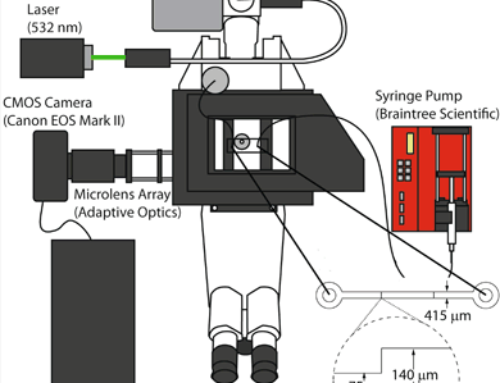
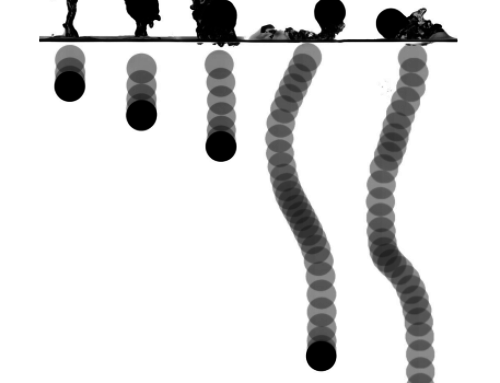
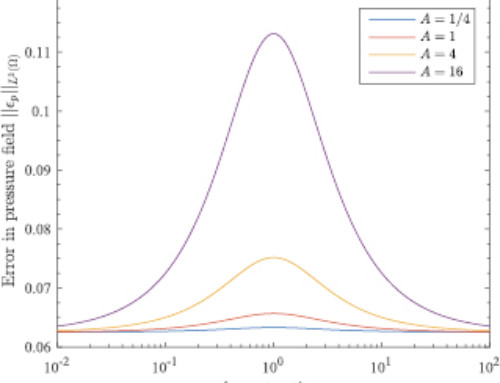

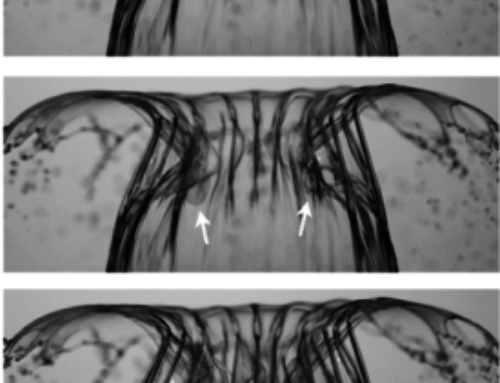
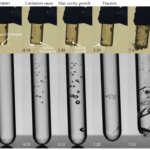
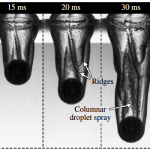
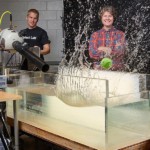
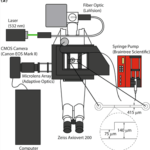
Recent Comments